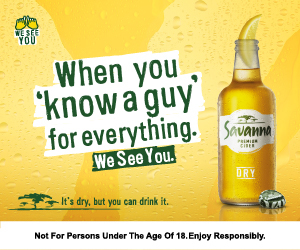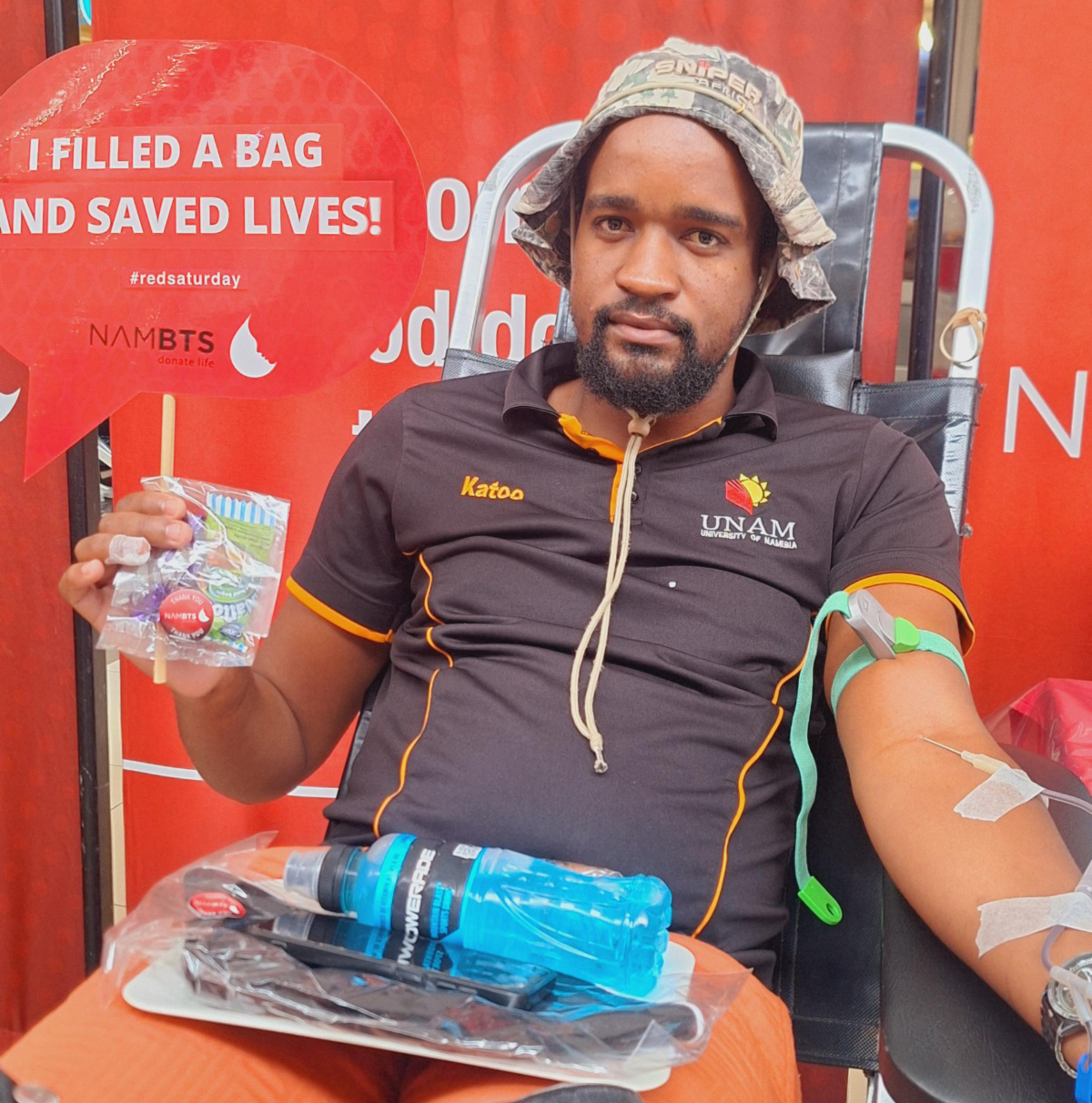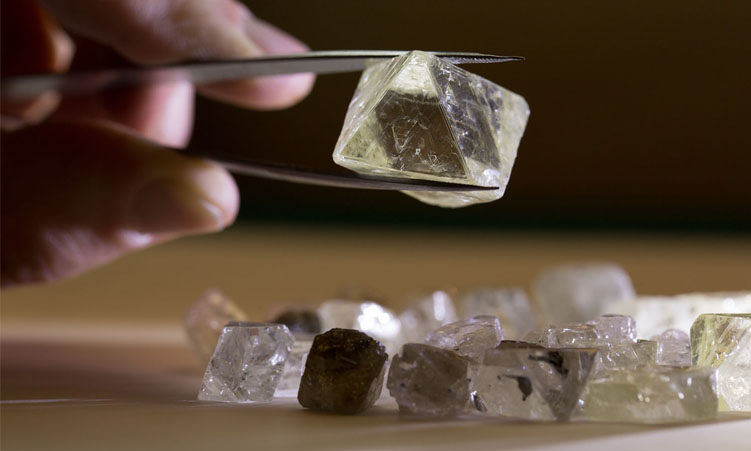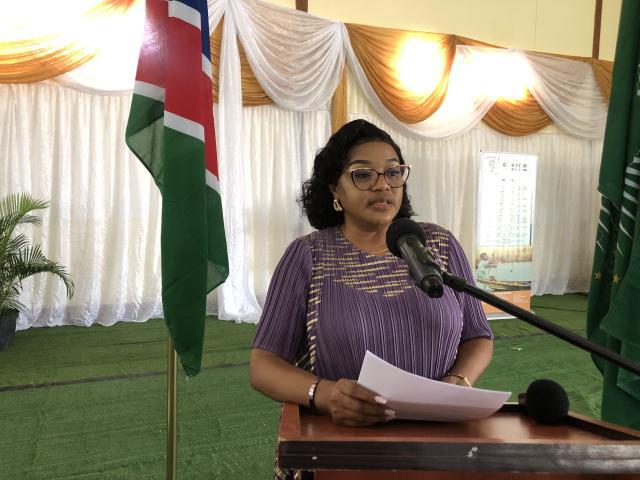FIFTY-ONE white crosses were erected around the Reiterdenkmal statue in Windhoek during Tuesday night.
The crosses are inscribed with names like Handjala, Dauseb, Hamakari, Tsowaseb, Awas, Bushman 35 and Mujoro. One cross carried the words ‘Now just another way of slavery’.No one could tell who had erected the crosses and to what purpose.When the National Monuments Council was approached for comment, a woman said: “I am not aware of anything and cannot comment on anything.I am not the Director.Phone back next week,” before putting down the phone.”The erection of the crosses shows that the Reiterdenkmal is an active lively monument which people still debate and talk about and take a stance on, it is not just a monument which was erected almost 100 years ago and just stands there,” said historian and expert on Namibia monuments Dr Andreas Voigt.The National Museum of Namibia said it had received many phone calls from the public seeking an answer but they had no idea who had erected the crosses and why.”We were hoping that the person or persons who are responsible would come forward and explain the meaning behind the crosses to us and the public but no one has done so,” said Esther Moombolah-/Goagoses, the Deputy Director of the National Museum.The Reiterdenkmal made the headlines recently when Cabinet announced that it would be moved to a spot in front of the Alte Feste Museum to make way for an Independence monument and museum.This announcement caused a stir, with many people being against it being relocated.Others are more concerned about the estimated N$8 million cost of the planned museum.DTA chief Katuutire Kaura said in Parliament that the Reiterdenkmal should not be moved as it, the Alte Feste, the Christuskirche and the Parliament buildings formed part of Windhoek’s architectural heritage and Namibian history.The Reiterdenkmal was erected in 1912 to commemorate the victory of the German Schutztruppe in the Herero and Nama uprising against colonial rule.The monument has been part of the Windhoek skyline for nearly 100 years and is a popular tourist attraction.One cross carried the words ‘Now just another way of slavery’.No one could tell who had erected the crosses and to what purpose.When the National Monuments Council was approached for comment, a woman said: “I am not aware of anything and cannot comment on anything.I am not the Director.Phone back next week,” before putting down the phone.”The erection of the crosses shows that the Reiterdenkmal is an active lively monument which people still debate and talk about and take a stance on, it is not just a monument which was erected almost 100 years ago and just stands there,” said historian and expert on Namibia monuments Dr Andreas Voigt.The National Museum of Namibia said it had received many phone calls from the public seeking an answer but they had no idea who had erected the crosses and why. “We were hoping that the person or persons who are responsible would come forward and explain the meaning behind the crosses to us and the public but no one has done so,” said Esther Moombolah-/Goagoses, the Deputy Director of the National Museum.The Reiterdenkmal made the headlines recently when Cabinet announced that it would be moved to a spot in front of the Alte Feste Museum to make way for an Independence monument and museum.This announcement caused a stir, with many people being against it being relocated.Others are more concerned about the estimated N$8 million cost of the planned museum.DTA chief Katuutire Kaura said in Parliament that the Reiterdenkmal should not be moved as it, the Alte Feste, the Christuskirche and the Parliament buildings formed part of Windhoek’s architectural heritage and Namibian history.The Reiterdenkmal was erected in 1912 to commemorate the victory of the German Schutztruppe in the Herero and Nama uprising against colonial rule.The monument has been part of the Windhoek skyline for nearly 100 years and is a popular tourist attraction.
Stay informed with The Namibian – your source for credible journalism. Get in-depth reporting and opinions for
only N$85 a month. Invest in journalism, invest in democracy –
Subscribe Now!










